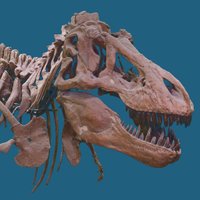
American Museum of Natural History
@amnh
The American Museum of Natural History is one of the world's preeminent scientific and cultural institutions. This is not a monitored account.
ID: 16630098
http://www.amnh.org/ 07-10-2008 14:17:14
24,24K Tweet
500,500K Takipçi
880 Takip Edilen


























